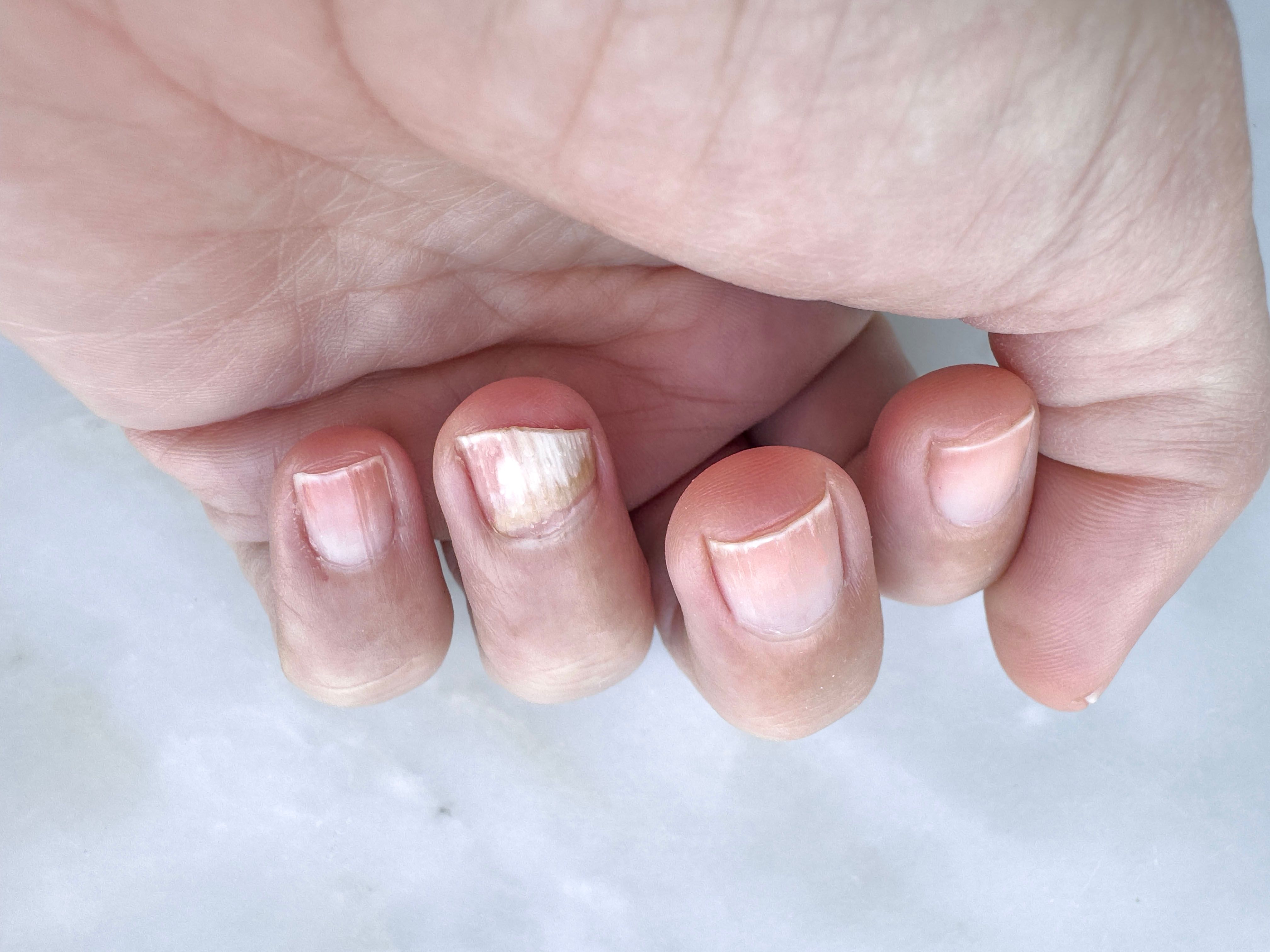News
Article
Pain Threshold Predictive of Fatigue Severity in SCD, Study Finds
Author(s):
A cross-sectional study found that static pain measures could be useful for predicting fatigue severity in patients with sickle cell disease (SCD).
Evaluating the pain threshold of patients with sickle cell disease (SCD) proved to be a useful tool for predicting the severity of SCD-related fatigue. These findings hold the potential to expand personalized medicine in SCD, from treatment approaches to pain evaluations, according to a recent study published in Journal of Evaluation in Clinical Practice.1
“Pain experiences are reported by over a quarter of patients on nearly all days, being the result not only of devastating acute pain episodes but also chronic pain resulting from persistent inflammation and tissue damage,” the authors wrote as they pointed to additional research that found approximately 65% of patients with SCD report and experience moderately severe fatigue. Among this body of literature, a 2018 report underlined the importance of considering not only pain but also nonpainful symptoms like fatigue in SCD. This review by Toumi et al explored a hypothesis that early-onset SCD-related pain and fatigue could have psychosomatic implications, indicating that these symptoms may influence individuals’ neuropsychiatric states and contribute to the development of anxious or depressive tendencies.2
As a measure to further assess the implications of pain and fatigue in SCD, the present authors investigated the value of the slowly repeated evoked pain (SREP) protocol for assessing pain sensitization to draw associations between pain sensitization, pain threshold, and pain tolerance and core SCD symptoms such as pain and fatigue.1
This study featured a total of 20 adult Black women with SCD matched with 20 healthy women. Participants with SCD were recruited during an outpatient visit while healthy participants were staff recruited from the same facilities (including nurses, secretaries, cooks, physicians, cleaning assistants, etc).
SREP protocol includes 9 pain stimuli administered to the fingernail | image credit: berna_namoglu - stock.adobe.com

SREP protocols consist of 9 stimuli to evoke pain, lasting 5 seconds each, that are administered to individuals’ fingernails. Participants would rank pain stimuli on a scale between “no pain” to “extremely painful.” Higher positive recordings of SREP indicated more sensitization with pain. For assessments of fatigue, the Spanish version of the Fatigue Severity Scale was utilized. Additionally, the Spanish version of the McGill Pain Questionnaire (MPQ), Coping Strategies Questionnaire (CSQ), and Hospital Anxiety and Depression Scale (HADS) were implemented to quantify clinical pain, pain catastrophizing, and emotional states.
In the year prior to their evaluation, 35% (n = 7) of those with SCD had a minimum of 1 vaso-occlusive crisis and 80% (n = 16) regularly used anti-inflammatory medication and/or analgesics. As expected, the researchers noted, increased levels of fatigue (38.85 vs 20.30; P < .001), pain catastrophizing (11.4 vs 2.7; P < 001), clinical pain (31.80 vs 7.85; P < .001), and depression (4.4 vs 2.6; P < .045) were reported by women in the SCD group vs healthy women. No significant differences were observed regarding pain tolerance or threshold between the groups; however, the researchers found that one’s pain threshold was a useful predictor of fatigue in SCD (P = .005).
Although the SREP protocol could not effectively distinguish between healthy patients and those with SCD, its promise for predicting symptom severity in SCD was a highlight from the study that could inform future studies, treatment, and evaluation in this patient population, the authors concluded.
References
1. Garcia-Hernandez A, de la Coba P, Martinez-Triana RJ, Reyes Del Paso GA. Pain sensitisation in patients with sickle cell disease: a preliminary study. J Eval Clin Pract. Published online July 18, 2024. doi:10.1111/jep.14101
2. Toumi ML, Merzoug S, Boulassel MR. Does sickle cell disease have a psychosomatic component? A particular focus on anxiety and depression. Life Sci. 2018;210:96-105. doi:10.1016/j.lfs.2018.08.066
Newsletter
Stay ahead of policy, cost, and value—subscribe to AJMC for expert insights at the intersection of clinical care and health economics.




